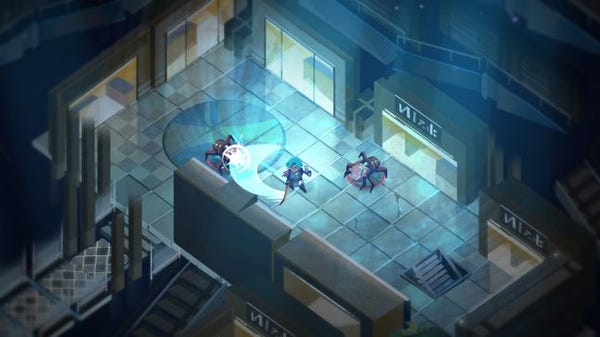This article was originally posted on itch.io. Kitfox Games is a vocal supporter of the itch.io ethos and purpose, which is to support and empower alternative and inclusive games and their creators.
Boyfriend Dungeon has gotten a lot of attention. More than any of our previous games. Press, fans, news, PAX, YouTubers, etc. It seemed like it “blew up” when we launched our Kickstarter on August 15th and got funded in just 6 hours. In this crowded time, when there’s more beautiful and more innovative games than ever before, it’s hard to get attention, but we did it, this time.
If you haven't heard of it, Boyfriend Dungeon is a dungeon-crawler about dating your weapons, which turn into beautiful people. Fall in love to level them up. We recently reached our Kickstarter goal of $50k in ~6 hours, and ended up with $272k CAD, or 415%. Hooray. We also have been covered by many major outlets, including GQ, Polygon, RPS, etc.
I don’t want to waste your time bragging—it’s not like Boyfriend Dungeon is the next Minecraft or anything! Plenty of people have still never heard of the game! If you haven't, that's fine. But I want you to understand:
We worked hard, hoping a “blow up” might happen.
But most of that work is invisible to fans & peers. From the outside it looks like we just sat there.
We didn’t know if any of our efforts would work. Usually they don’t.
And that’s totally normal.

Contrary to popular belief, these do not actually 'sell themselves'.
Overnight successes don’t exist, from what I’ve seen. There’s usually years and years of work behind the scenes and then MAYBE your game blows up, but mostly not. Plenty of people work for years and their game still doesn’t blow up—that’s certainly what happened for our previous games. I guess it’s possible SOME game out there enjoyed overnight success. Maybe they had a good game idea, made that game, and enjoyed sudden fame and prosperity. But that isn’t the story of Boyfriend Dungeon.
What do I mean by “worked hard”? I mean, even BEFORE all this nonsense in the past month, our hard work included:
five years of building our community via high-quality social media, especially Twitter (++visibility)
a previous successful Kickstarter with only minor complaints from backers (++trust)
we built an announcement teaser, Steam Coming Soon page, and website11 months ago and emailed all 3 to 300+ press (++visibility)
we took that teaser and showed it at PAX South and PAX East alongside our other games (++visibility)
we’ve been maintaining and growing a Kitfox newsletter for five years at 12+ gaming events (++visibility)
we regularly accept tons of interview requests, whether written, podcast, or video (++visibility)
regularly appearing on panels, doing multiple talks at conventions like GDC, and sharing knowledge (++visibility and ++trust)
And that doesn’t even start on the actual work we put into the Kickstarter itself. So let's talk about that, next.

Sometimes people ask how to coordinate their PR/marketing campaigns. So I’m going to try to write it all down in a sensible chronological looking list but really it’s a bit more chaotic than this. But this is how it went, generally:
June
Rough-draft the Kickstarter page, come up with trailer idea
We start to improve the parts of the game (art, animations, features, menus, content) that the trailer will use. This takes forever.
We hire Sunder from Particle Beam to make a “magical transformation sequence” for Talwar—this becomes a key piece of marketing art
July
We continue improving the game itself. We revamp the combat to be 12-directional, so this takes most of July. We don’t have time to improve everything—so we pick and choose to finish what will actually be shown in the trailer, and the rest looks broken.
We decide we will launch the Kickstarter August 15th (using this method)
August 1
We get our transformation sequence finalized (thanks Sunder!)
We put a trailer rough-draft on the Kickstarter page and send it to 50+ friends and mentors for their feedback/opinion



































